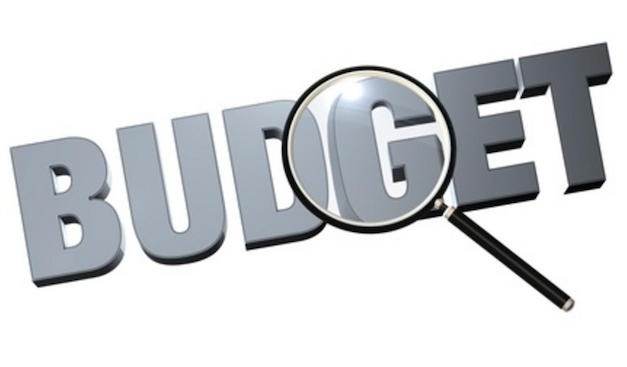by David Hetherington
30 April 2015
Outside of election years, the showpiece event of the Australian political calendar is the federal budget. May in Australia is budget season and, over time, the budget has developed its own script of well-oiled rituals. The treasurer’s address to parliament on the second Tuesday in May, the set-piece TV interviews running well into the night, his National Press Club appearance the following day, the Opposition leader’s reply on the Thursday, and a jamboree of budget breakfasts, lunches and dinners across ensuing weeks as the government ‘sells’ its message around the country.
The 2014 edition was memorable for all the wrong reasons. The government decided that its first budget needed to cut spending and it was the unemployed, pensioners, students and the poor who would bear most of the burden. Unsurprisingly, the electorate did not take kindly to this abandonment of the Australian ‘fair go’.
The tone had been set when, in the face of warnings about the need for shared sacrifice, the treasurer, Joe Hockey, and his finance minister, Matthias Cormann, were covertly snapped chomping on cigars with their feet up in Hockey’s parliamentary courtyard. Things got worse for the treasurer when it emerged that just prior to his budget speech, he had been dancing in his office to the hit tune Best Day of My Life.
The conservative Abbott government had been elected in 2013 on a simplistic set of promises: ending waste, stopping asylum-seeker boats, preventing big new taxes, paying back debt and, in a fit of last-minute hubris, no cuts to health, education, pensions or public broadcasting. This was rhetoric masquerading as policy. For, as the sharp-eyed reader will have noted, it is simply not possible from a position of deficit to pay back debt, stop new taxes and leave public spending untouched.
All of this matters because the 2015 budget is now squarely in view. The government is clearly chastened by its first-year experience. Extraordinarily Tony Abbott has reconsidered his position on public debt levels and now believes a 50 per cent debt-to-GDP ratio is acceptable, despite having excoriated Labor for allowing public borrowing to reach 13 per cent.
It appears the government is aiming for a ‘nothing to see here’ approach to its second budget. Most of the major measures from the 2014 budget have either been scrapped or are stalled, including a co-payment for the public health system and deregulation of university fees. However, in signaling that it is willing to accept a higher level of debt, the government is not expected to push hard for new savings elsewhere. It has scarce political capital to do so: the prime minister barely survived an internal challenge to his leadership in February. Instead, the government is likely to push ahead with attempted changes to pension indexation to reduce future payments in real terms, and to revisit the tired old punching bag of foreign aid (which both sides of politics have been guilty of plundering in recent years).
What is most concerning is that there have been no signs to date that the budget will seek to tackle a slack labour market or weakening wage growth. Over the last two years, unemployment has risen from below five per cent to well over six per cent and in every year since 2010, nominal wage growth has either declined or stayed flat. In 2013, real wages fell for the first time since official records have been kept.
The government could pursue job creation and productivity growth by investing to address Australia’s infrastructure deficit. Both private and public investment have been muted since the peak of the mining boom in 2010-11, and the country has been cutting spending on critical soft infrastructure like education and skills. The unwillingness to borrow for public investment is a consequence of the fetishisation of balanced-budget politics that has trapped both sides of Australian politics in recent years.
What of Labor? After a subdued first year in Opposition, Labor leader Bill Shorten has declared 2015 the party’s “year of ideas”. There has been much debate about whether Shorten would adopt the small-target strategy that had been so successful for Abbott, but which seems a disservice to an electorate desperate for a meaningful political choice. The Labor leader’s “year of ideas” is an attempt to rebuff the small-target insinuation. To date, there has been a steady stream of distinctive if modest policy proposals – on domestic violence, on multinational tax avoidance, on a fairer distribution of pension savings incentives.
The pattern is promising, but Labor must be bolder still: it needs a story to weave these disparate policies together. The challenges of employment and wage growth will grow more pressing and the government’s inaction has presented a gaping opportunity to stake out new ground on these. Labor needs to say where it thinks growth will come from, because the traditional sources of mining, construction and finance are likely to be soft for some time. More importantly, it needs to say how it will foster these and make the structural changes that will deliver the gains more fairly. In the meantime, the electorate must settle for a no-frills budget devoid of showpiece drama. Nothing to see here.

